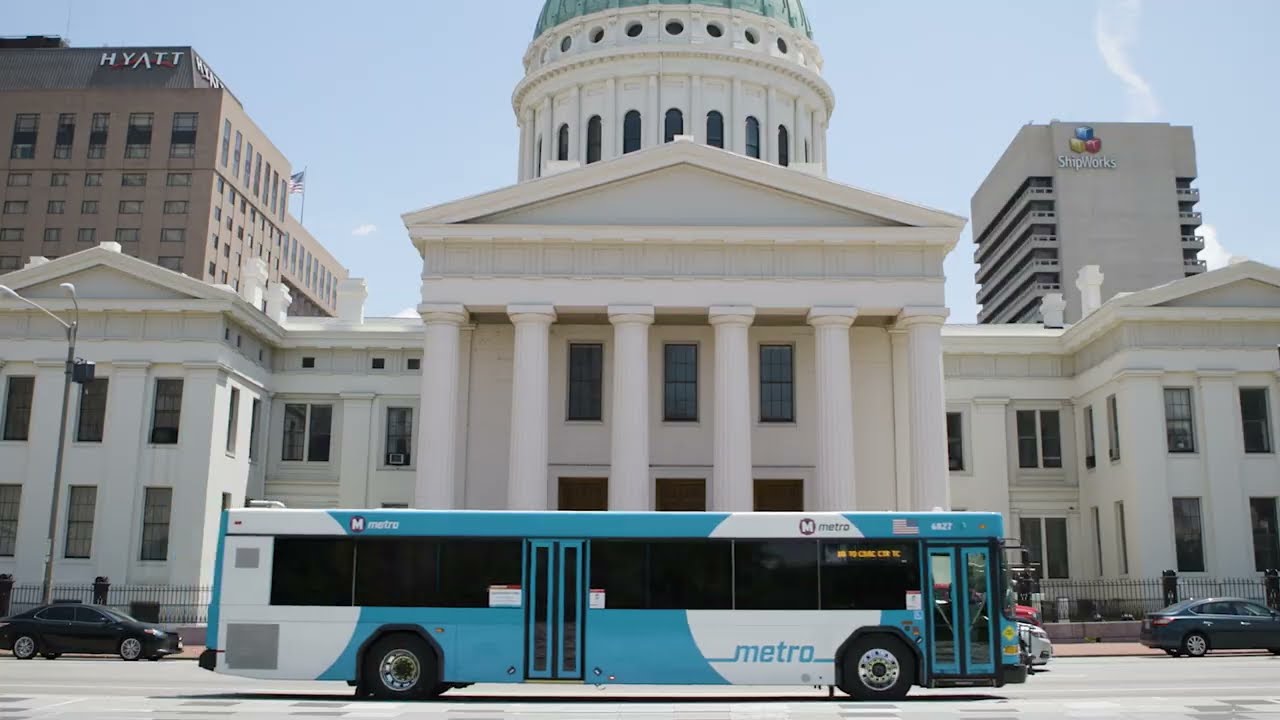Upgrading core systems is one of the most impactful steps a transit agency can take to enhance service delivery, improve rider satisfaction, and streamline daily operations. Metro Transit in St. Louis recognized that modernizing its system would support real-time operations and lay the foundation for future innovation across both bus and rail services.
We recently spoke with Trenise Winters, the Assistant Executive Director of Metro Transit, about the agency’s transition, the value of new features, and what’s ahead.
A Critical Upgrade to Support a Growing City
Metro Transit’s CAD/AVL system was due for an update. As Winters put it, “We just upgraded our OnRoute system from TransitMaster (version 14) to OnRoute (version 24).”
Although the system had been dependable, it was clear the agency required expanded capabilities to better manage operations in a rapidly evolving environment. “We needed to move into the next phase of OnRoute, and there was some functionality that we did not have and we needed in order to move our agency forward,” Winters explained.
One major limitation of their previous version was the lack of real-time rerouting during service disruptions. Winters shared that with the upgrade, “we’re putting [reroutes] into place right now. Being able to shift some of the real-time information to our customers as well is helpful.”
Early Operations Improvements for Dispatchers and Operators
While introducing new technology always presents a learning curve, Metro Transit’s dispatching team quickly saw the value of the upgrade. “Our dispatching team is quite impressed with how the new system is functioning from where they sit,” Winters said.
For operators, the transition was designed to be seamless. “They really don’t see a big difference from their end. But we are in the process of introducing some new functionality where they will see a difference.”
One of those new features is Turn-By-Turn navigation, which provides operators with visual route guidance directly on their Mobile Data Terminals (MDTs). In future scenarios where reroutes are needed, drivers will also receive real-time updates without having to rely solely on radio communication. This marks a significant step forward in both operational flexibility and safety.
The Role of Vontas Support
Technology transitions are rarely without challenges, and Winters was candid about the early difficulties Metro Transit faced during the upgrade.
“It was frustrating initially,” Winters admitted. “Once we made a couple of phone calls and started having more conversations around the upgrade and what’s not functioning properly, the [Vontas] team became more responsive, and they’re working weekly to take care of some of the issues we were having. So I would say that they’re very responsive.”
Ongoing collaboration between Metro Transit and the Vontas team ensured concerns were addressed promptly and transparently. Frequent communication helped keep the project on track and allowed the agency to stay focused on service improvements.
Looking Ahead: CAD/AVL Rail Integration
For Winters, the journey doesn’t end with the OnRoute upgrade. She’s already thinking about the next phase: integrating bus and rail real-time information through Vontas OnTrack.
“I’m looking forward to OnRoute for Rail (OnTrack). Integration between bus and rail, being able to provide our customers with real-time information for both bus and rail, seamlessly. As well as the management piece that will come for our rail supervisors,” Winters said.
Seamless multimodal coordination will offer riders a more connected experience while providing Metro Transit with stronger operational control across its entire system.
Lessons Learned for Other Agencies
When asked what advice she would offer to other agencies considering an upgrade, Winters emphasized the importance of communication and pacing.
“Meet and have conversations first. Make sure you don’t rush into it. I believe initially we were rushing into it instead of slowing down and making sure we had all the pieces in place to move the project forward and have a clear understanding of what is needed. It’s hard when the agency is moving before Vontas or Vontas wants to move faster than the agency. You have to move together in sync.”
Her experience underscores the importance of alignment between agencies and technology providers at every stage—from planning through deployment and beyond.
Metro Transit’s journey is a strong example of how modernization efforts can yield real improvements in operations while laying the groundwork for future innovation.
Want to watch the full conversation with Trenise Winters?
Click Here



